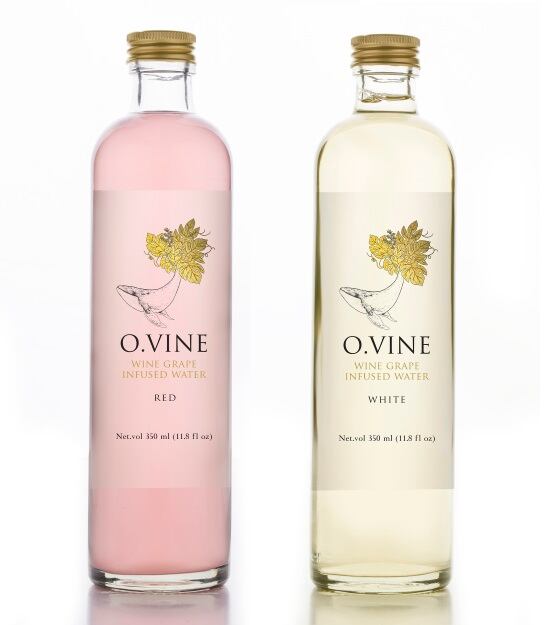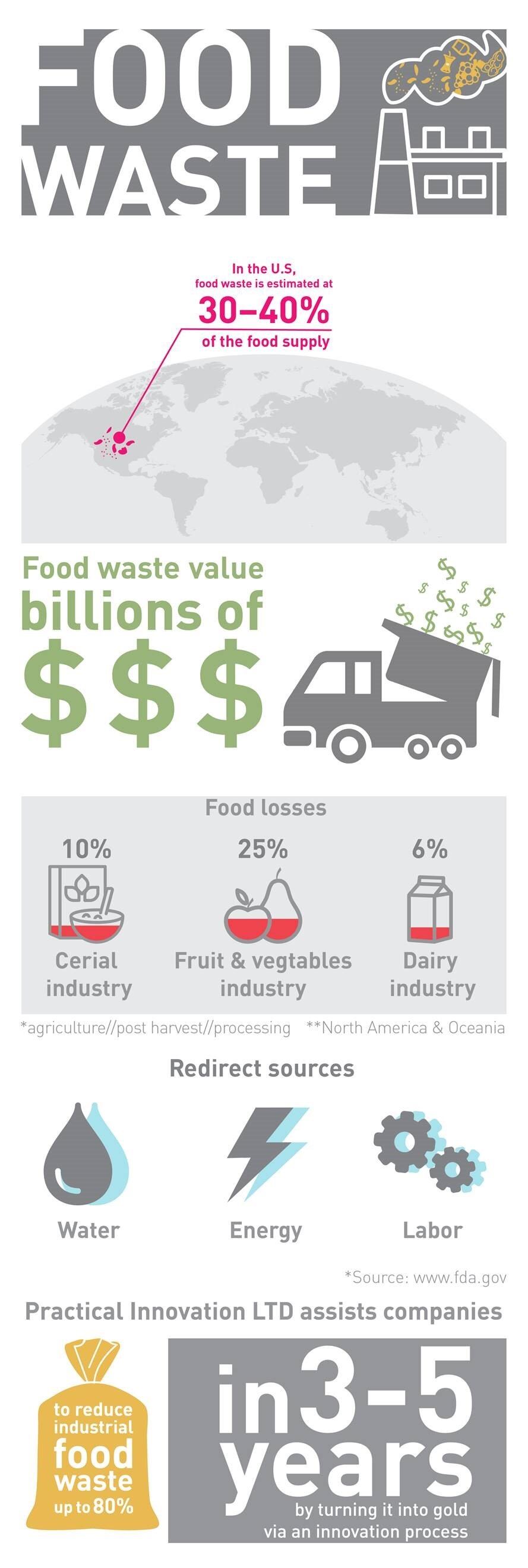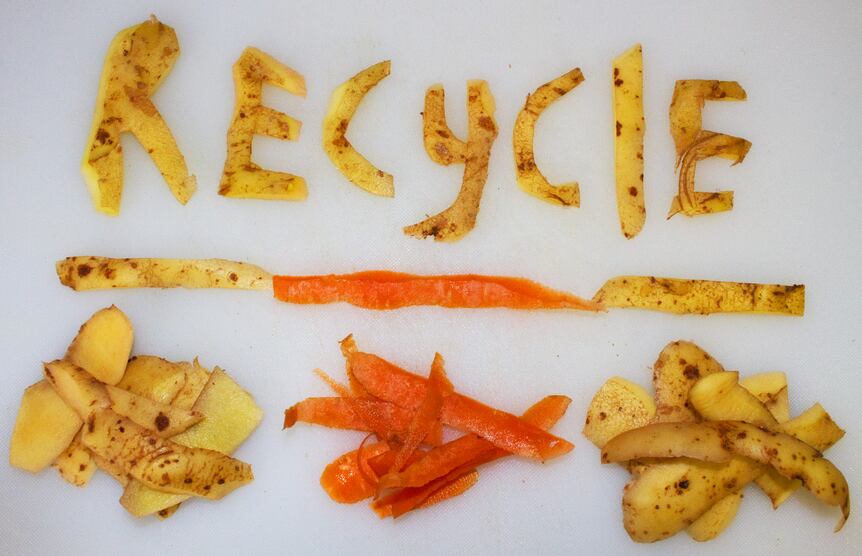While food waste varies from one category to another, Practical Innovation believes that focusing on previously discarded, but nutritionally valuable, products will provide a boost to sustainability efforts – as well as the bottom line.
“Every food manufacture must find an innovative and profitable way to reuse its cast-offs, and turn them into profitable new products,” suggested Tal Leizer, CEO of Practical Innovation.
The company flagged opportunities in categories including canned and frozen vegetables, jams, baby food, baked goods, pasta sauces and wine. Manufacturers in these areas frequently discard peels and seeds that are rich in fibre, nutrients and nutraceuticals. This costs both money and resources.
Food waste snapshot
In the EU, around 88 million tonnes of food waste is generated annually. This represents 20% of total food produced in the bloc, with associated costs estimated at €143bn.
According to data from the European Commission, production and processing sectors contribute 30% of total food waste.
Practical Innovation analyses these side-streams to, as the company puts it, turn “trash” into “treasure”, initiating and accelerating new products for food and food ingredient companies.
By better utilizing the full potential of raw materials, food and beverage manufacturers can unlock a new income stream from waste as well as tackling the environmental impact of food waste.
“This approach is not just good for the companies in terms of getting rid of waste, conserving resources, and reducing costs, but also minimizes the eco footprint while decreasing true waste,” Leizer said.
A ‘multi-step’ approach
Leizer described the company’s method as a multi-step approach. “If our research yields hidden functionality and other benefits, we will dive into the current food trends, learn the category, study the latest technologies and drive the innovation process to develop new, healthy products that will stand out in a crowded marketplace.”
This can support disruptive innovation and open new product segments, he continued. “Surprisingly, the result can even be a premium product that defines a new strategy for the company and can become its key growth engine.”
The Practical Innovation method for re-using previously wasted material:
- Identify all sources of wasted materials
- Evaluate and estimate the annual extent of the waste, what is currently being done with it, what economic value can be gained from it, and the current cost for not utilizing it (such as removal and discarding costs and fees, clean-up costs, etc).After defining the scope of the depreciation and the current expenses for its treatment, it is important to map out the possible benefits of re-using the waste.
- Create innovative products based on the waste
Turning wine waste into water…

Using this approach, Leizer said Practical Innovation was able to develop O.Vine, redirecting previously wasted materials to develop the first spring water infusion with the “spirit of wine”. O.Vine utilized leftovers from winemaking into a beverage that “brings an intoxicating aroma and refreshing taste to any table.”
“A large winery approach us with a clear directive: How to leverage 1,500 tons per year of grape waste from wine production to create a new product line," explained Leizer.
“Following a long process of research, we realized that most of the antioxidants of the wine grapes were found in the grape waste — skins and seeds. Armed with an insight on global food and beverage trends based on years of experience, Practical Innovation created O.Vine, thus shaping a new near water category that was inspired by the world’s two oldest beverages: water and wine.”
The premium drink has no sugar or alcohol.


